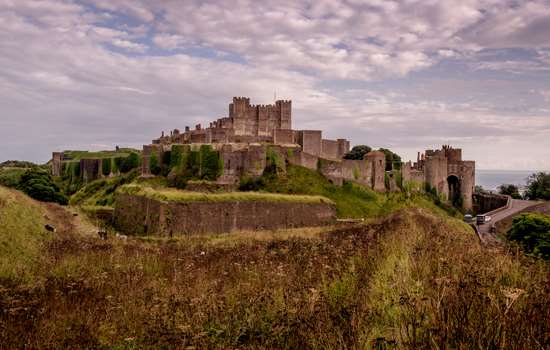Restoring the Horse
The shape of the horse has changed over the centuries and the present outline may be only a part of the original. The loss of shape has been caused by slippage of the top soil and by repeated recutting.
In 2022 Oxford Archaeology carried out a detailed drone survey of the White Horse and compared the results with a century of earlier drawings and aerial photographs. The results suggested that the white chalk lines of the Horse had shrunken by some forty percent in the past forty years. Small trenches dug into the hill-figure then confirmed that shrinkage was taking place – as soil crept down the hill and turf encroached. This explains why local people who live across the Vale have told us that the Horse image is becoming less clear.
As part of the 2024 restoration process, we will be removing the recent build-up of soils and return the Horse to its position in the 1980s. From drawings and records the Horse’s shape seems to have been remarkedly consistent since the early 1800s. This restoration will make the spectacular image easier to see, especially from a distance.
Dating the Horse
Over 30 years ago Oxford Archaeology dug into the Horse itself. A new dating technique had just become available – Optically Stimulated Luminescence (OSL). Samples taken from the lowest levels of the Horse indicated an origin date between 1380 and 550 BC – the late Bronze Age or early Iron Age. This is the period when the hillfort of Uffington Castle was built, and horses became of vital importance to prehistoric tribes in Britain.
As part of this project, we will be taking new OSL samples of the Horse. The Research Laboratory for Archaeology and the History of Art, in Oxford, pioneered this method and now believes that it is possible to achieve more accurate results.
The Future of the Horse
The White Horse is a remarkable and unique survival from the past - preserved for generations by the efforts of local people, who cleaned and scoured the figure regularly. Through changes of rulers, religion and language they continued to care for the Horse. We aim to ensure that this icon of Britain will gallop across the Downs for generations to come.
This project is being carried out by Oxford Archaeology with the support of English Heritage and the National Trust. The finance for survey and dating is being met by generous Australian donors and lovers of the Horse.
Explore more
-

History of Uffington Castle, White Horse and Dragon Hill
Read more about these three prehistoric sites, located beside the Ridgeway, the ancient route that stretched from Dorset to the Wash and that still traverses the chalk ridges of the Berkshire Downs.
-

Buildings Conservation
Learn more about some of the techniques we use to care for our buildings, and explore some of the unique projects we’ve carried out in recent years.
-

Conservation on the road
Our conservation van is on tour again this year, hosting hands-on conservation activities for you to join.
